ebixPRO eShop Platform - Boost up your sales
ebixPRO offers an all-in-one e-commerce platform that integrates systems including online shop system, online customer service system, logistics system, and data analysis, among others. With our data analysis and application systems, we help you launch automated e-commerce operation processes and significantly improve operational efficiency. Whether you are a beginner in online store operations or a large enterprise, ebixPRO’s e-commerce system is suitable for most application scenarios.
Why ebixPRO
ebixPRO is not only dedicated to providing comprehensive solutions but also continuously updates its technology to ensure your e-commerce system remains in optimal condition. Whether it’s our years of experience, customer-centric service, or our commitment to the latest technology, ebixPRO is the trusted partner you need. By choosing ebixPRO, you bring excellence, a competitive edge, and ongoing technical support to your e-commerce system.
Platform features
ebixPRO mainly provides online shop system solutions for merchants, helping them establish online sales channels, increase sales volume and customer satisfaction, and expand customer base and sales opportunities. In addition to providing online store system solutions, ebixPRO also helps merchants expand their customer base and increase sales opportunities by establishing an ecosystem that increases sales.
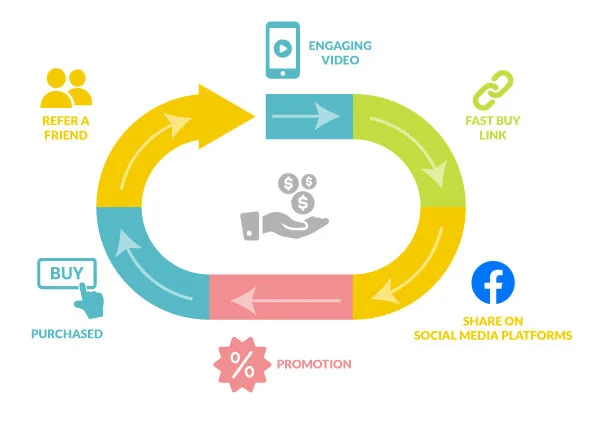
Creating a prosperous and profitable eShop
Through ebixPRO’s comprehensive eShop rating report, merchants can quickly understand their eShop performance. We also conduct individual inspections for each merchant and provide optimization suggestions based on our comprehensive report and inspections to achieve the best sales results.
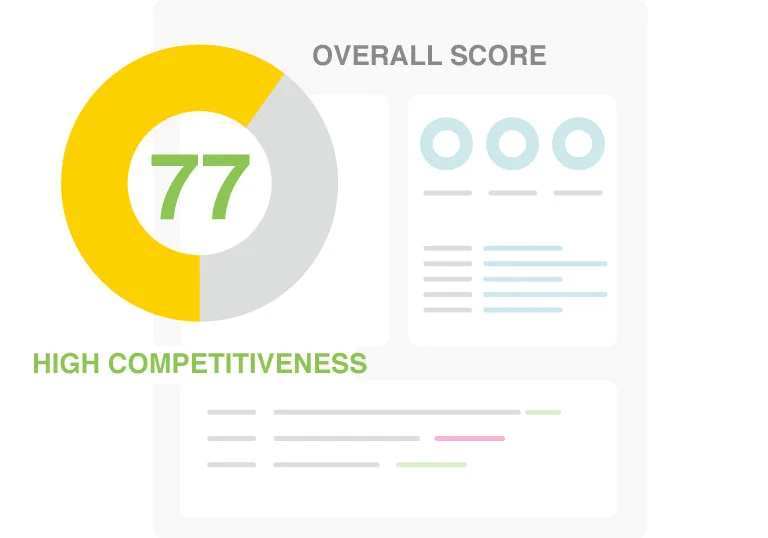
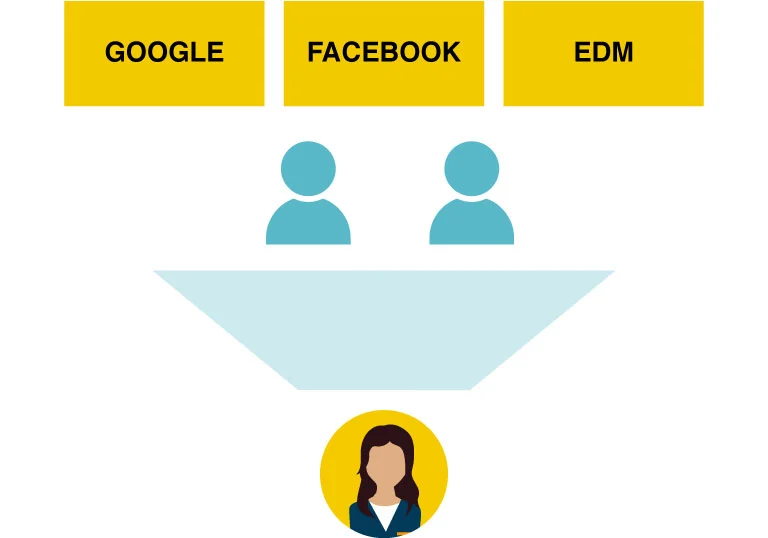
Boosting eShop traffic
ebixPRO provides merchants with various solutions to increase eShop traffic and help them stand out in the fierce market competition. We offer a variety of marketing strategies, including search engine optimization, social media marketing, email marketing, and more, to help merchants increase their online store exposure and click-through rates, thereby boosting eShop traffic.
Developing potential customers
We offer various marketing channels, including online advertising, social media marketing, content marketing, etc., to attract potential customers to visit the merchant’s online store. Through precise targeting and innovative marketing strategies, we convert potential customers into actual customers.
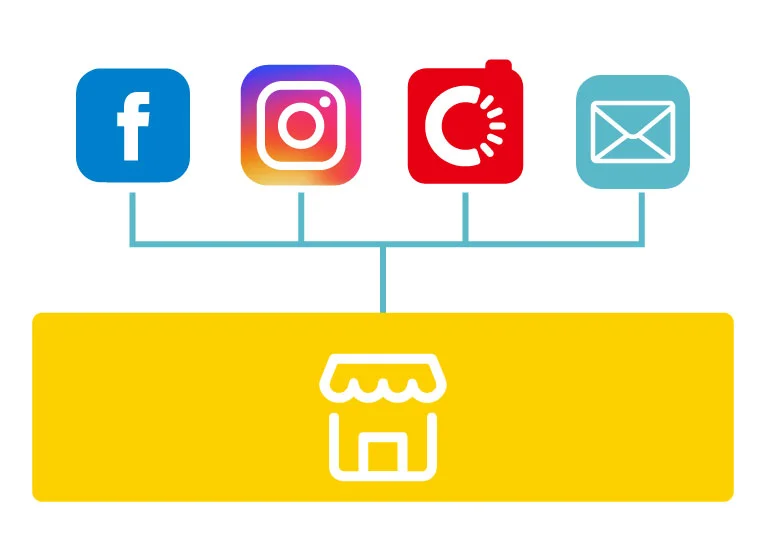
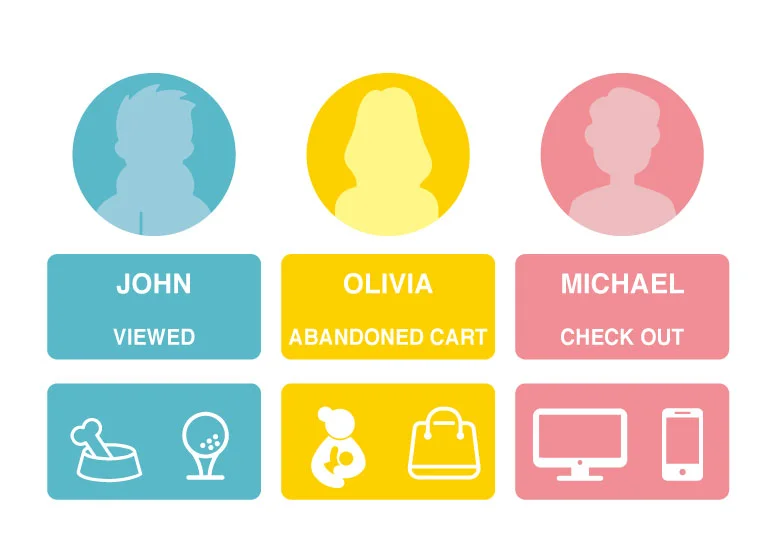
Data analysis and re-marketing strategy
ebixPRO platform features powerful data analytics tools and marketing capabilities. Merchants can use data analysis to understand customer behavior and purchase preferences, and conduct targeted remarketing campaigns to increase conversion rates and customer loyalty.
eShop ecosystem
ebixPRO offers a comprehensive solution for the e-commerce sales ecosystem, allowing for easier business automation, increased efficiency, and shortened sales cycles. This frees up your time and resources, allowing you to focus on developing more business opportunities and customer relationships.
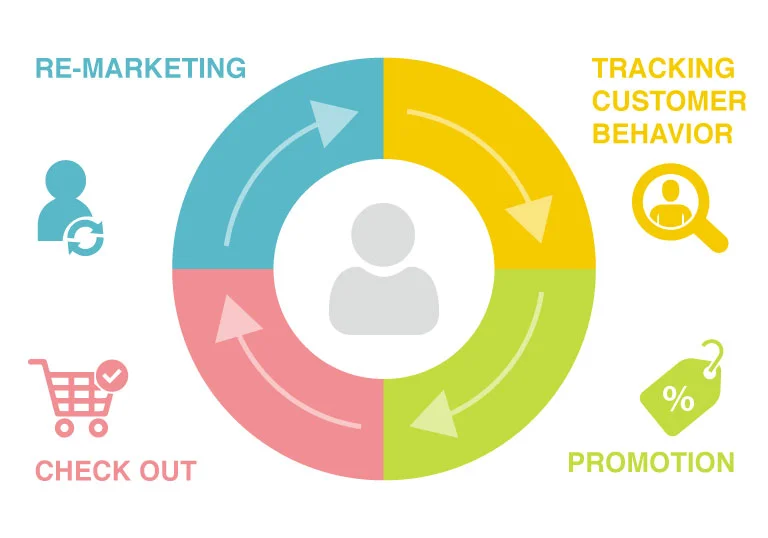
Merchants eShop
The ebixPRO e-commerce platform services have provided e-commerce solutions for numerous businesses and individuals. Here are some of our merchants who have successfully established their own e-commerce stores and improved their product sales and brand awareness through our services.
ebixPRO support for merchants
AI eShop Inspection
ebixPRO provides support to merchants through its use of e-commerce AI technology, which conducts inspections, analyses, and optimizations of the merchant’s online store to enhance its operational efficiency and sales strategies. Whether you’re a new or experienced merchant, ebixPRO’s technology and services can help you achieve more efficient and successful online store management.
ebixPRO offers free 1 to 1 online store support to all merchants, focusing mainly on assisting merchants with issues encountered in the early stages of opening an online store, as well as providing tips and tricks for operating an online store in the future.
ebixPRO has set up a Facebook group specifically for merchants, where they can ask questions about the system or browse through previously asked questions by other users. In addition, ebixPRO also provides support in the group by answering everyone’s questions and demonstrating system tutorials and best practices.
